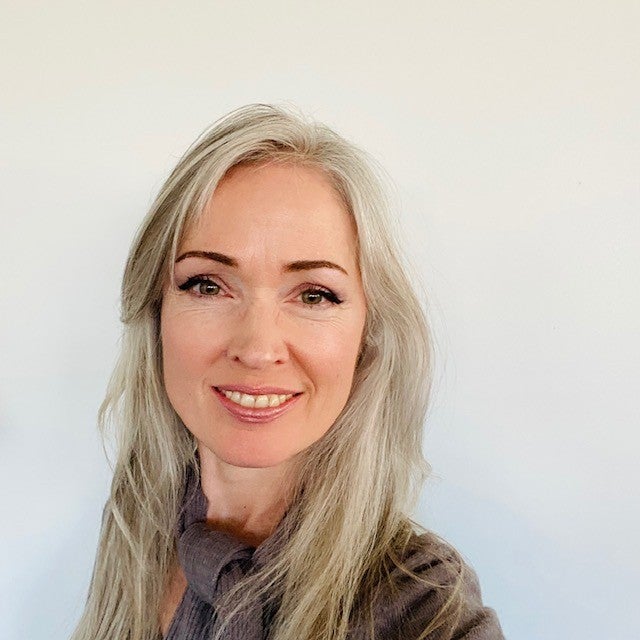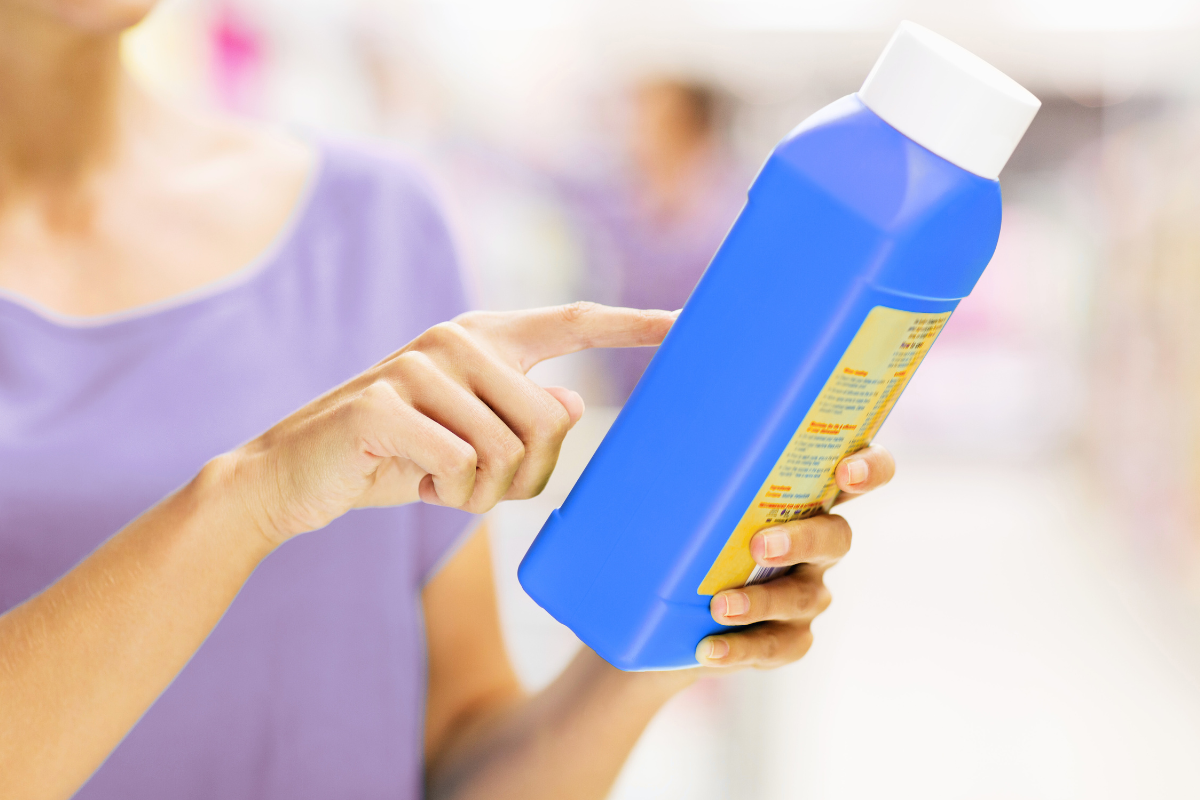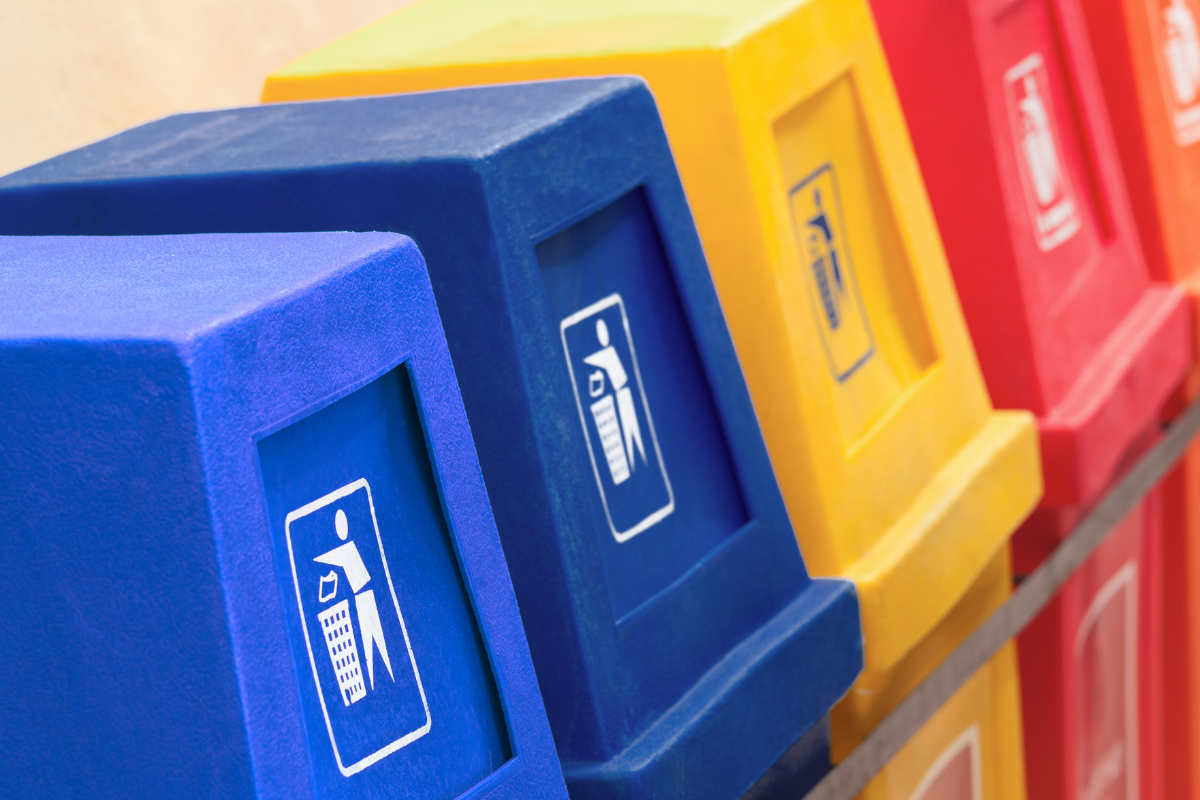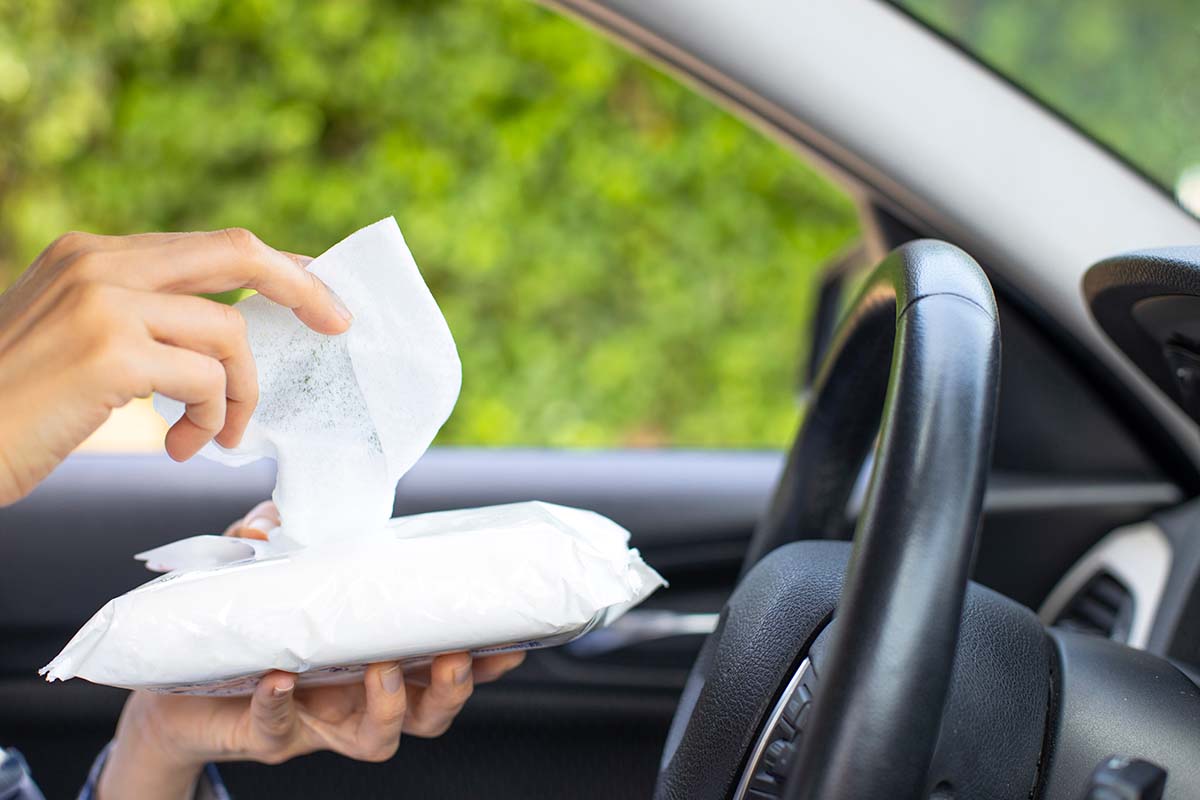Webinar series
4 steps to building resilience and achieve sustainability
Chapter 4 October 16, 2024
Transcript:
Hi, welcome to the fourth chapter in Flexcon's webinar series on sustainability.
My name is Marguerite McGrail, and I’ve been talking with Flexcon’s Strategic Business Unit Director for Packaging and sustainability expert, Dan Riendeau.
Dan is a member of TLMI’s Sustainability Committee, the APR Communications and Public Affairs Committee, and a keynote speaker for Sustainable Solutions in the packaging industry.
Let’s take a look.
Hi Dan.
Hey Marguerite.
So, we’ve covered some of the highlights from the research report Flexcon commissioned on sustainability, Elevating Sustainability Beyond the Label. Now I’d like you to tell us more about the steps brands can take to build resilience.
Yeah, absolutely. That’s a great question, and one of the highlights of this report. It’s really about helping organizations look at sustainability through a circularity perspective. There are many aspects of sustainability—social, environmental, and circularity—but we focused heavily on circularity and the products brands, converters, and manufacturers are bringing to market.
We’ve broken it down into four steps. I won’t call them “easy” steps, but they’re manageable: education, strategy, design, and production.
Education is about engaging both internal and external stakeholders, making sure everyone understands the sustainability practices that are critical for the impact you want to have. It’s about developing, assessing, and informing your goals to become more sustainable from a product perspective.
The next step is strategy—anticipating how the industry will evolve, participating in trade associations, building scenarios, and taking action. Driving change across an organization is difficult, but having a clear strategy is essential for achieving long-term sustainable growth.
The third step is design. This means embracing sustainable design practices, both in manufacturing and in product development. You have to understand your end-of-life scenarios, revisit the nine characteristics we discussed in the last episode, and design products that meet future environmental requirements.
And the last step is production. Maximizing operational efficiency, adapting to new materials, and evolving production methods can reduce your environmental footprint while keeping your offerings competitive. It’s about adoption across the value chain.
So you’re saying true transformation requires collaboration across the entire value chain.
Absolutely. Today, sustainability isn’t a differentiator—it’s a must-have. And you can’t do it alone. Collaboration across the value chain—from suppliers to customers and even adjacent industries—is imperative. It has to be cross-functional inside your organization and across the wider ecosystem.
For example, here at Flexcon, we make pressure-sensitive label materials. But we also need to work more closely with ink suppliers who use our materials at the converter level. Making sure our materials are receptive to sustainable inks is just one example of how collaboration can drive real change.
Sustainability is exciting, but for some people it can feel overwhelming. Hopefully, this series has helped break it down into manageable basics from a circularity perspective.
Again, I highly recommend downloading our report, Elevating Sustainability Beyond the Label. It offers great insight for any organization looking to make meaningful progress in sustainability.
Thanks, Dan. And to get your copy of the latest research report referenced in this series, visit Flexcon.com.
Thanks, Dan, and thanks everyone for joining us.
Thanks, Marguerite.
Take care.

Dan Riendeau

Marguerite McGrail


